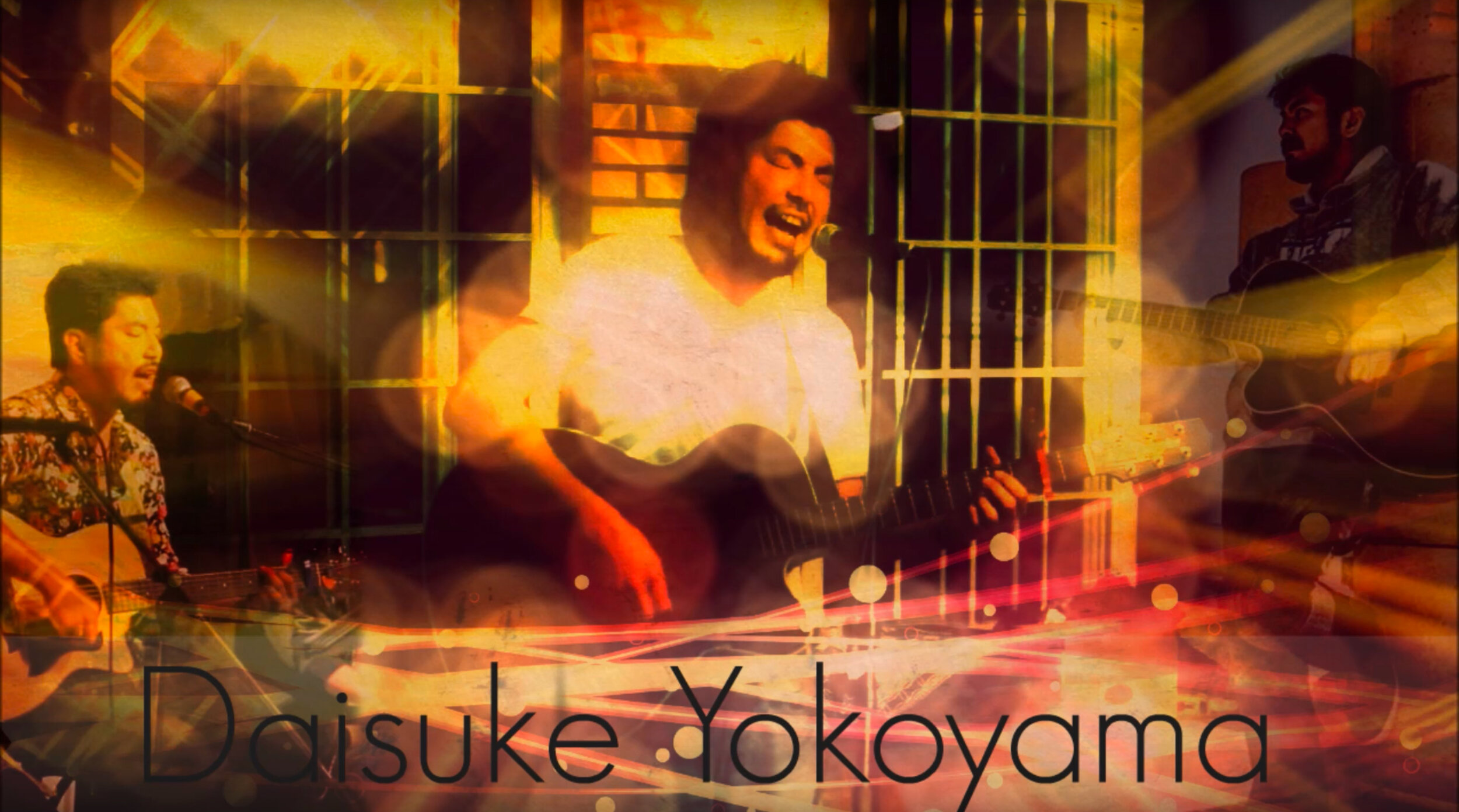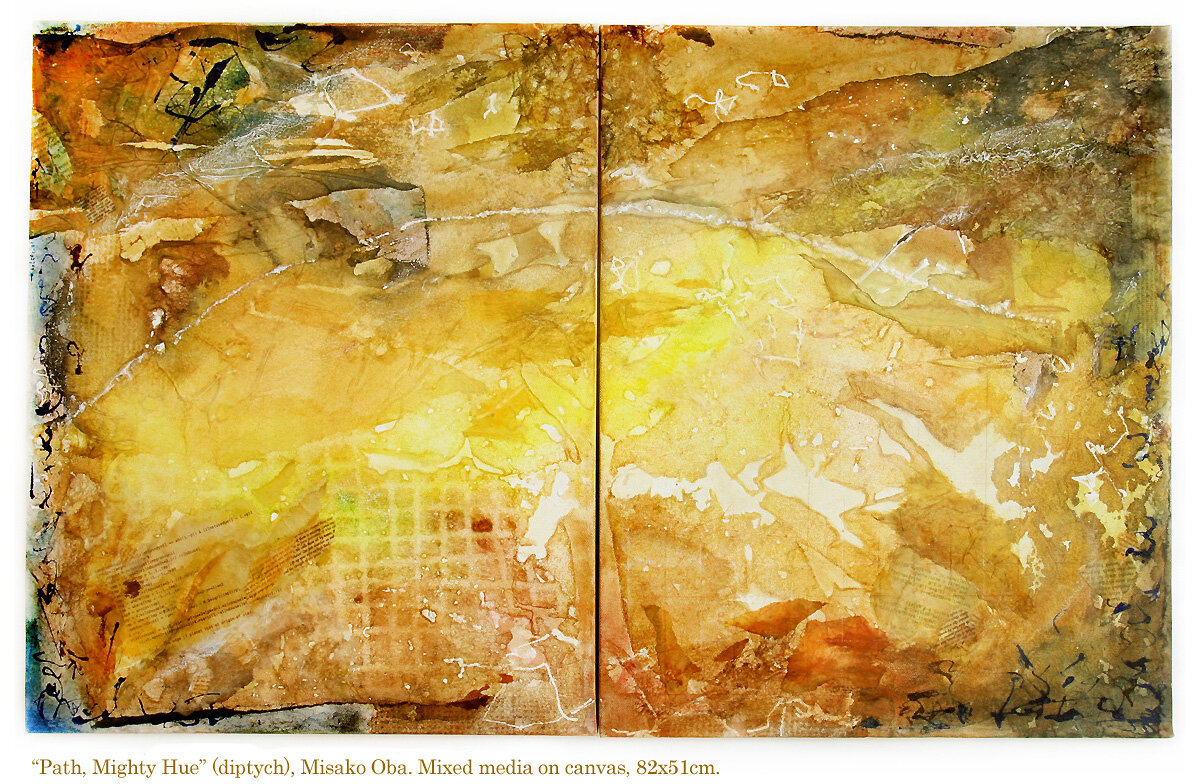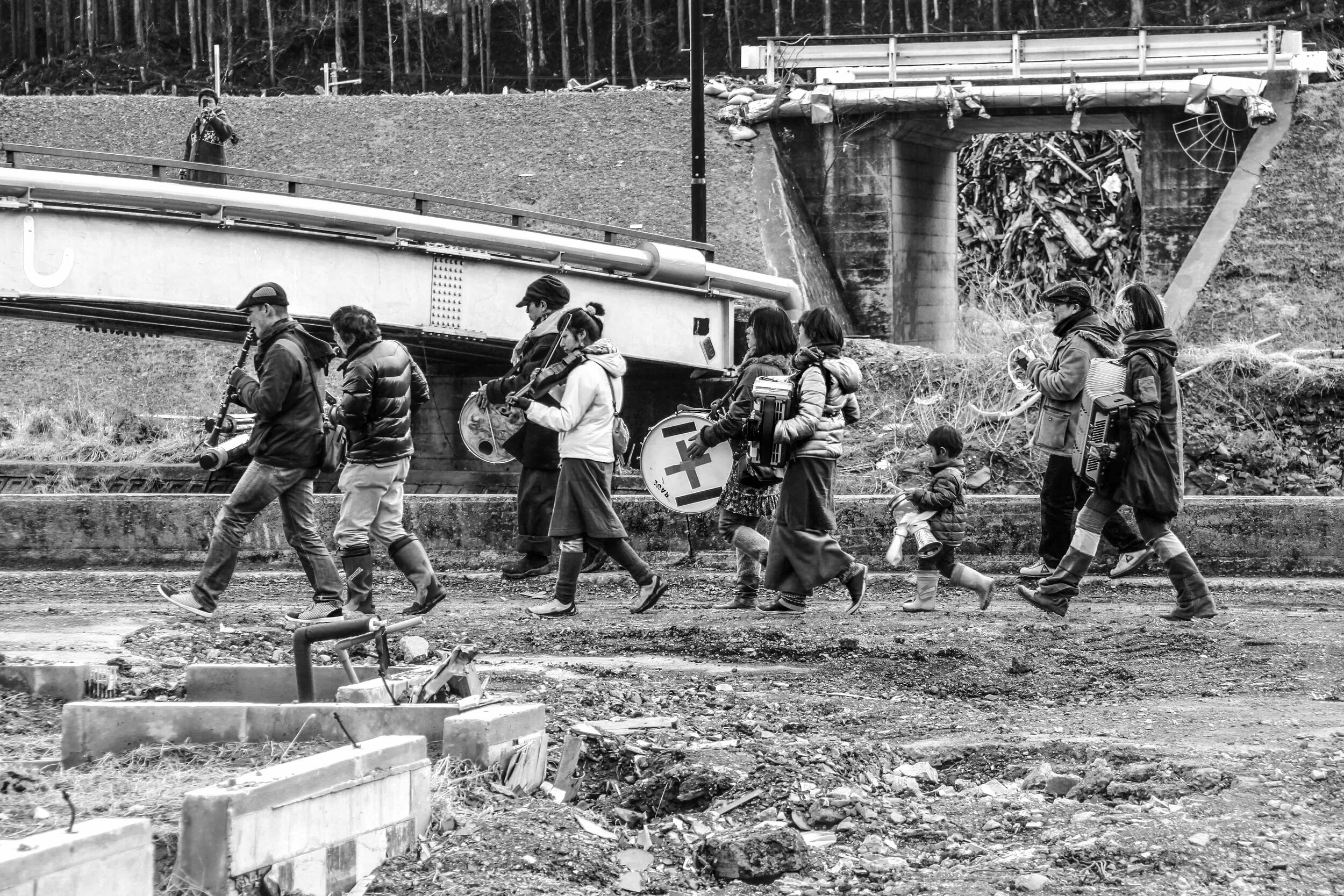『美の香り』芸術祭2021
東日本大震災10年復興記念
日 時 2021年3月13日(土)14:00〜15:30
午前10:30 金継ぎワークショップ(定員30名)
午後13:00 受け付け/ギャラリーオープン
場 所 TKPガーデンシティ竹橋
東京都千代田区一ツ橋1-2-2 住友商事竹橋ビル 2F 地図
最寄り駅:竹橋(1分)、神保町(5分)、九段下(7分)
料 金 高校生以上 2,500円(当日券 3,000円)
小・中学生 1,000円 (大人が同伴する子供4人目より無料)
未就学児 無料 (託児所はございません)
主 催 コミュニティーアーツ東京 www.communityarts.jp
ナカムラクニオによる金継ぎワークショップ
午前 10:30–12:30 参加費 5,000円 (定員30名)
感染対策として人数を制限して行うため、事前予約が必要です。
修理したい皿や茶碗などを1〜2個ご持参ください。
ワークショップに参加の方にはカンファレンス入場券を割引いたします。
通常 2,500円 → 割引1,500円
・マスクの着用をお願いいたします。
・間隔を十分に取り、換気、消毒などの対策を行います。
・午後のカンファレンスにご参加の方は昼食をご用意ください。近くにお店がないためお弁当の予約も承ります。なお、お食事の際は感染対策を十分行ってください。
“Aroma of Beauty” 2021 Art conference
10 year ANNIVERSARY of the Great East Japan Earthquake
On March 13, 2021, we will gather live (not online) for the 10th anniversary of the 2011 Great East Japan Earthquake to remember stories of hope and healing. Join us as we hear artists share about finding the “aroma of beauty” in our broken and devastated world and experience together this beauty through talks, performances, short videos, art gallery, and a pre-conference kintsugi workshop. This event will be in Japanese with English translation.
TIME Saturday, March 13, 2021 2:00–3:30 pm
10:30 am – 12:30 pm Kintsugi Workshop with Kintsugi Master Kunio Nakamura
1:00 pm Registration/Gallery Open
PLACE TKP GARDEN CITY TAKEBASHI
1-2-2 Hitotsubashi, Chiyoda City, Tokyo, Japan 2F map
Train Access: Takebashi (1 min), Jinbocho (5 min), Kudanshita (7 min)
COST Adults / 15+ 2,500円(3,000円 Registration at door)
Children 5-14 1,000円(Third child and up free)
Children 0-4 Free(Nursery not provided)
CONTACT info@communityarts.jp
SPONSORS Community Arts Tokyo www.communityarts.jp
PRE-CONFERENCE kintsugi WORKSHOP with kintsugi master kunio nakamura
10:30 am – 12:30 pm ¥5,000/person (Limited to 30 people)
Advance reservation required. Please bring one or two pieces you would like to repair. Lunch available for workshop participants. Japanese language only.
Conference admission discounted for workshop participants! ¥2,500 →¥1,500
ナカムラクニオ KUNIO NAKAMURA
1971年東京生まれ。映像ディレクター/荻窪のブックカフェ「6次元」店主。著書に『人が集まる「つなぎ場」のつくり方—都市型茶室「6次元」の発想とは』(CCCメディアハウス)、『さんぽで感じる村上春樹』(ダイヤモンド社)、『パラレルキャリア』(晶文社)、責任編集短編小説集『ブックトープ山形』(東北芸術工利大学)など。金継ぎ作家としても活動し、全国でワークショップを開催中。
Born in Tokyo in 1971. The owner of Book & Gallery “6th Dimension” in Ogikubo, Tokyo. Kintsugi master. After being in charge of art and travel programs as a director of a TV program production company, he became independent at the age of 37. Established a kintsugi studio and started activities to protect Japanese traditions. He writes about Western and antique art, while spreading the concept of kintsugi throughout the world. His books include Kintsugi Handbook, Introduction to Kintsugi BOOK, Old Art Handbook, and Introduction to Art History through Charts. Kunio Nakamura was actively involved after the Tohoku and Kumamoto earthquakes as a volunteer conducting ceramic repair workshops.
金継ぎは、何を修復するのか?
壊れたものを、自分の手で何度でも直したいという気持ちは、人間が生まれつき持っている本能のようなものだと思います。…
モノとモノがつながり、人と人がつながるよろこびです。うつわは、本やぬいぐるみなどと同じように「持ち主と心がリンクしている」ということを強く感じるようになりました。おそらく、金継ぎとは「何かを再生する儀式的な行為」によって、「精神的つながりを修復し、自己治療を行う」ことなのです。
ぜひ、たくさんのかたに体験してみてほしいと思っています。(ナカムラクニオ、『金継ぎ手帳』より)
“Kintsugi” As Landscape
A fracture in a bowl becomes a dramatic landscape painting. When such “gold” enters a a place of devastation, a lightning strikes into the dark, and golden rivers suddenly sweep through the vast terrain. Tree branches touch the sky, creating a brand new landscape. Desiring such drama, there was a time when tea masters intentionally broke a bowl to mend with gold. Chipped vessels can speak of nature herself, a playful, and elegant, gesture toward the beautiful—this is kintsugi.”
Kintsugi is known as a traditional Japanese repair method in which cracked or chipped ceramics are glued with Japan lacquer, made from a sap of a tree, and then the seam is embellished with gold, silver, vermilion, and other materials. Kintsugi started around the 15th century by applying lacquerware as a repair method.
There is a famous celadon (jade greenware) bowl called “Bakohan” (馬蝗絆). This is a treasure from China around the 12th century. In the 15th century, the celadon bowl was owned by Shogun Yoshimasa Ashikaga. There was a crack in the bowl so Yoshimasa sent it back to China saying, “I want another bowl that can replace it.” However, the Chinese replied, “we cannot make similar celadon bowls anymore.” Instead, they hammered the cracks with metal “staples” and sent it back to Japan. The staples on the bowl looked like a grasshopper riding on the back of a horse. This is why the bowl was named “Bakohan” (“Ba” (馬) means “horse.” “Ko” (蝗) means “grasshopper.” “Han” (絆) means “tether”). However, it is said that this provided the opportunity to use lacquerware techniques to repair ceramics so it will appear even more beautiful, which developed into kintsugi.
The Perfect Imperfection
In the philosophy of kintsugi, beauty is made perfect through imperfection. This originates from a concept called wabi sabi, central to the Art of Tea. “Wabi” is quietness found in ascetic simplicity. “Sabi” refers to the beauty of a worn object which captures the sense of time. They originated from Taoism during the Chinese Qin Dynasty (960-1279 A.D.), which was incorporated into Zen Buddhism.
In the 16th century, the tea ceremony was refined by Sen no Rikyu, the great tea master, and became the basis of Japanese aesthetics. Until that point, expensive Chinese ceramics called karamono were popular in the tea ceremony. However, Joo Takeno and Sen no Rikyu started to use bowls that were used in daily life of the common people in Korea for their tea ceremonies. Wabi sabi birthed a new aesthetic sense that appreciated the beauty in accidental shapes, deformations, cracks, and chips and the landscape that appeared through them. The tea room was very simple and modest. It was a beauty created by eliminating decorative elements. This is similar to the Tiny House movement, which has a minimalistic aesthetic sense. Le Corbusier, who is also known as the father of modern architecture, significantly also made a “tiny house” for his parents.
Mending the Imagination
What is the essence of kintsugi? It is different than mere repair and restoration. Japanese have been repairing pottery using lacquer since the era of hunters and gatherers from 10,000 years ago. Tea masters had a different mindset. They saw incomprehensible beauty through the brokenness, a landscape in between the cracks, and started to invoke “mending” through their imagination. In the cracks of old walls or in rusted surfaces they sought a “majestic landscape”; they tapped into the vast resources of the imagination. The tea masters created “gardens” using mounds of sand, a playful way to invoke and “reassociation (mitate)” of the great ocean and mystery of the universe. They realized that broken fragments are the new “paint brushes” to create beautiful landscapes.
Novelist Junichiro Tanizaki wrote in his book In Praise of Shadows, “The skin of [black] lacquerware is a substance in which multiple layers of ‘shadows’ have accumulated, naturally birthed from the darkness surrounding it.” He wrote that the reason gold is often extravagantly used in maki-e lacquer work is “to make an impact in a dearth of light.” In other words, kintsugi may originally be an “act of searching for the light,” which was necessitated from the presence of darkness surrounding us.
Translated by Makoto Fujimura and Keiko Yanaka. Used with permission.
TSUNAMI VIOLIN
震災後、被災地では至るところに大量の流木が積み上げられました。日々伝えられるニュースでは、それを「瓦礫の山」と呼んだ。しかし、その流木たちは決して「瓦礫」などではないのです。それは被災地で生まれ育ち、幾年もの間人々の営みを見守ってきた木々。それは震災前、家屋の床柱や梁に使われ家庭をあたたかく見つめていた木々。その一本一本に、歴史や香りが詰まっているのです。
倒壊した家屋の柱や流木をヴァイオリンとして生まれ変わらせることで、宿されている東北の故郷の記憶や思い出を、音色として語り継いでいくことができるのではないか。その思いから、ヴァイオリンドクター中澤宗幸氏によって、一挺のヴァイオリンが製作されました。
被災地復興の旗印となるよう願いを込めて、魂柱には陸前高田「奇跡の一本松」の木片が用いられ、裏面にはその姿が描かれています。
どれだけ時が流れても、自然への畏怖の念を忘れず、東日本大震災を決して風化させないこと。そして”TSUNAMI VIOLIN”の音色の響く場所に人々が集うことで、地域、家族の絆がより深まること。さらには、このヴァイオリンが演奏家の手から手へ受け渡されていく過程で、日本全体のつながりが強くなっていくことを、願ってやみません。公式サイト
After the disaster, piles of driftwood covered the land of tsunami-stricken Rikuzentakata, but the driftwood was never just “debris.” It was all that was left of the 70,000 beautiful trees or the beams of homes that once sheltered and protected the people of the city. The TSUNAMI VIOLIN is created from this wood. The sound post is made from a piece of wood from the “Kiseki no Ippon Matsu” (“The Miracle Pine Tree”). The TSUNAMI VIOLIN travels the length of Japan strengthening ties between the hearts of communities and families. The violin is handed from player to player symbolically uniting the country of Japan through the healing power of music.
“The Scarf”(「マフラー」)
BY SHANNON JOHNSTON (シャノン・ジョンストン)
2011年3月11日に日本で起きた地震、そして津波で被災された人々のために、私は一本のマフラーを編み始めました。手編みのマフラーは愛のしるしです。心をこめて、時間をかけて編むことで、愛情を示すのです。首に巻くマフラーを贈ること、それはその人をやさしく抱きしめるのに似ています。そして、マフラーはその人にあたたかさを伝えます。それは日本の人々に対するわたしの思いであり、希望です。
私だけでなく、たくさんの人たちが「THE SCARF」(マフラー)というこの編み物に参加しています。アーティスト、男性、女性、高校生もいます。社会的、宗教的、経済的な背景の異なる人々です。皆が編んだパーツをつないで、一本の「マフラー」にしているのです。参加してくれる人たちには、日本の人々におくる希望、祈り、善意、そして愛をこめて編んでくださいとお願いしました。ある人は祈りの内容を表すものを編みこみました。ある人は毛糸を編むという行為に意味をこめました。また、ある人は思いを寄せたり、祈ったりする時間として編み物の時間を過ごしました。このプロジェクトは今も続いています。癒しは続いていくのです。そしていつでも新たに参加することができます。このプロジェクトは日本でおきたことのために始まりましたが、それだけにはとどまりません。「マフラー」を贈られた人が、新たな部分をまた編んでつなぎ、祈り・慰め・希望・励ましを必要としている別の人にその「マフラー」を渡していく、そういうことができたらと私は願っています。In response to the earthquake and subsequent tsunami in Japan of March 11, 2011, I started knitting a scarf. A handmade scarf is an intimate gesture of affection, intimate due to the personal time invested in the making, affectionate through the way it is worn, wrapped around the neck as if a hug. Scarves by their nature and function insinuate warmth. All of these were things I was feeling and hoping for the people of Japan.
Other artists, men, women, and high school students of all different social, religious, and economic backgrounds have contributed portions to The Scarf. As they knit, all of the contributors have been asked to knit their hopes, prayers, good thoughts, and love for the people of Japan into The Scarf. Some people have chosen to knit actual items in that symbolize these prayers. Others made metaphors through knitted wool. Others still have simply used the time knitting to reflect and pray.
This is an ongoing project, just as healing is an ongoing process and new knitters can join at anytime. Although this project was conceived for Japan in response to events that happened, it is not intended to stay there. It is my hope that each person or group the receives The Scarf will then add to it and pass it on to someone else who needs prayer, comfort, hope, and encouragement.
FILMS
KINTSUGI 金継ぎ
WINDRIDER presents
in association with IAM CULTURE CARE and KALOSWORKS
THEOLOGY OF MAKING
LIVE YOUR DREAM: THE TAYLOR ANDERSON STORY
and stories of courage and sacrifice during the Great East Japan Earthquake and Tsunami
夢を生きる〜テイラー・アンダーソン物語
東日本大震災においてもたらされた勇気と献身の実話
Beauty Out Of Brokenness 傷ある物の美
Gallery
「星と荒野・砂漠」のシリーズ 大庭みさこ
私がものを創造する際、根底には「旅路としての人生」に対する興味が反映されています。喜びや悲しみ、心の葛藤など、時空を超えて人々が経験する普遍的な感情や魂の本質を探り、闇の中の光、はかなさゆえの美、そして目に見えない何か大きな力を含めて描写しています。
人生には理不尽なことも起こります。予期せぬ喪失。私も子供や家庭や指など次々と失い、十万人に一人といわれる悲劇に二度も見舞われ、例えようのない悲しみや苦痛もありましたが、その都度、比較的早く立ち直ることができ、起こった全てを含めて与えられたものに感謝することさえ可能だということを経験しました。過酷な「砂漠・荒野の時間」にも平安な気持ちは芽生えうると。それは私の力ではなく、聖書のヨブ記の主人公のように星を見上げ、万物の創造主の完全なコントロールと愛を信じ、認識することでネガティブな感情も変わり、人生の結果も変わることを知ったのです。そこでアートを通して着眼点と希望を分かち合うことに。感情を交錯させつつ、星や荒野に関する聖句とコンピュータ・プログラミング言語を、蜜ろうを使ったエンコースティックやミクストメディアの層に入れこんでいます。
本イベントにあたり、新作「Rising Higher With Him」は詩篇147章3〜5節を元に、震災や個人的な苦悩で未だ傷が癒えない人々のために、あるいは立ち直ったけれども更に高く飛躍したい人のために制作しました。人間の力ではどうしようもないことに直面した時の生きるヒントにもなることを願っています。会場では、同シリーズより、2016年から2021年に制作した作品の中から選んだ約25点が展示されました。
“Stars and Desert” Series –Misako Oba
The body of my artwork reflects my interest in human life as a journey. It examines our soul and explores universal experiences such as emotions. It depicts light in darkness, beauty with its transient nature, and something larger than life.
I have been creating the series related to stars, deserts, and our lives since 2014. Having had an opportunity to see the desert and the Milky Way with the naked eye and to feel awe toward God’s creations motivated me to develop this series. It was after I had experienced many consecutive unexpected losses: loss/death of my child, marriage, a finger, one-in-a-million type tragedies already twice by then, and many additional hardships. It was very difficult and heartbreaking. However, I was able to heal and recover quickly each time and even felt at peace in the harsh dry “desert time” and to be thankful for what life has to offer.
Life’s challenges and disasters can be compared with the story of Job in the Bible. He had terrible calamities but was blessed double for the rest of his life by ultimately trusting God and his love. Like Job did, looking up to the stars and recognizing God’s total control can change our negative feelings and outcome in life.
In this series, I share perspective and hope as a visual statement, abstractly layering timeless verses and computer-programming languages (code) from our time that correlate with the stars. As I experienced, “He (God) heals the brokenhearted and binds up their wounds. He determines the number of the stars and calls them each by name. Great is our Lord and mighty in power; his understanding has no limit.” (Psalm 147:3-5) This verse became the encaustic art “Heals the Brokenhearted.”
My latest work “Rising Higher With Him” was created for the Aroma of Beauty conference, for those still hurt from the 3/11 disaster or from any personal hardships, and those who are already healed but seek to leap higher from here.
Approximately 25 works were selected from the series for this exhibition, ranging from 2016 to 2021.
Please find more details on my website.













